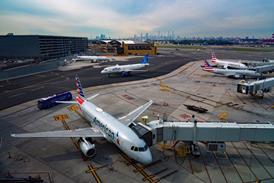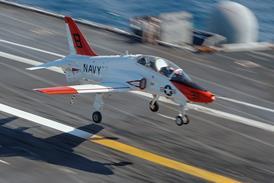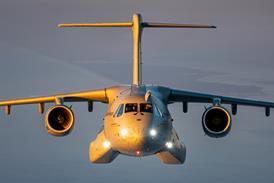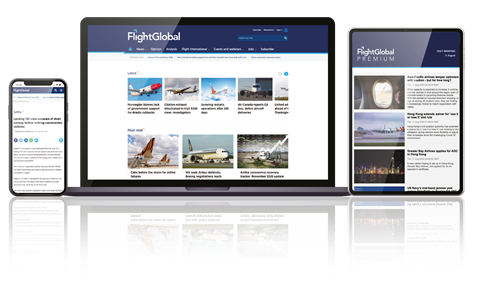Emma Kelly/LONDON
In-flight communication service provider SITA plans to launch a mobile charging card by June/July as the first stage in a three-phase "Mobile in the Sky" programme with the ultimate aim of enabling passengers to use their GSM mobile phones onboard aircraft.
The Aircom Mobile Charging Card will allow passengers to pay for in-flight telephone calls using the SITA Aircom service, provided via the Inmarsat satellites, through their GSM mobile phone accounts.
Fellow Inmarsat aeronautical telephony service provider Stratos (formerly BT Aeronautical) introduced a similar initiative in 1999 with launch customer Virgin Atlantic Airlines.
SITA's airline launch customer is likely to be Singapore Airlines and launch mobile operator SingTel, according to Veronique Blanc, director of passenger and cabin communications.
Phase two of Mobile in the Sky will see the introduction of ground-to-air calling, whereby passengers will register to receive their mobile phone calls on the aircraft and calls will be routed through the in-flight telephony system - a development also pioneered by Stratos with Virgin last July.
The feasibility and business case for the more ambitious phase three, whereby passengers will be able to use their mobile phones on board following the installation of equipment on the aircraft to allow the safe use of telephones, is being validated with "industrial partners and operators", which Blanc declines to name.
Manufacturers working on systems to allow mobile telephones to be safely used onboard through the installation of a pico cell include BAE Systems and EADS (France). SITA is planning to conduct technical trials later this year, says Blanc. "The real service that passengers want is to use their mobile phone in the aircraft," she says.
Meanwhile, in-flight e-mail and internet access have emerged as the most sought-after in-flight entertainment/communication services in the SITA-led Business Requirements for Aeronautical High-Speed Multimedia Satellite Services (BRAHMSS) study.
SITA was commissioned last year by the European Space Agency (ESA) to lead a European industry team, including EADS, Astrium and Thales, to examine future in-flight communications requirements (Flight International, 26 September-2 October 2000). The study is being used by ESA to determine whether the European space and aeronautical industries should mount a response to US-led next-generation airline communication services, such as Boeing's Connexion.
SITA has completed the market research with airlines, passengers and service providers. Information and transactional services came out ahead of live television. SITA is active in in-flight e-mail/internet provision through its partnership with Tenzing, whereby SITA provides the air-ground satellite communication link.
It is also partnering AirTV which will launch live television, e-mail and internet services in 2003/4 on Saudi Arabian Airlines' fleet. Questions about who will pay for such services did not elicit a unanimous response, says Elizabeth Young, general manager of SITA Aircraft Services.
Source: Flight International


























